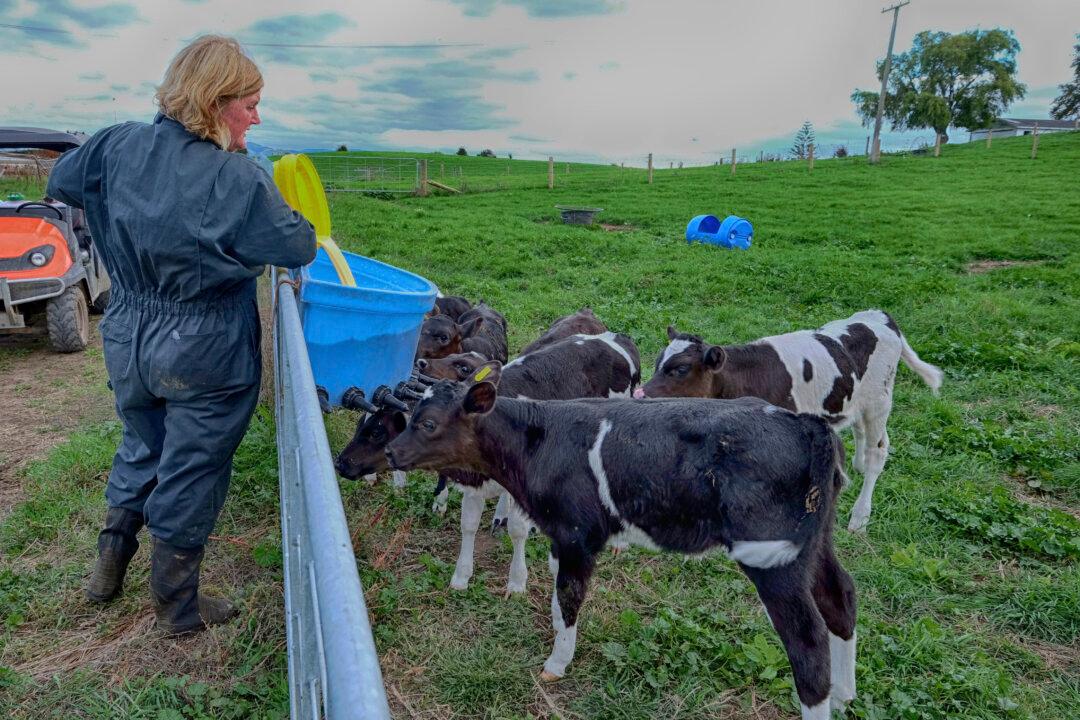In noisy situations—like the 85 decibels passengers are exposed to while on an airplane—foods rich in umami flavor get a major boost, but sweet tastes are suppressed.
Umami describes the savory taste of amino acids such as glutamate in foods like tomato juice.
“Our study confirmed that in an environment of loud noise, our sense of taste is compromised,” said Robin Dando, assistant professor of food science at Cornell University. “Interestingly, this was specific to sweet and umami tastes, with sweet taste inhibited and umami taste significantly enhanced.”
“The multisensory properties of the environment where we consume our food can alter our perception of the foods we eat.”
Better Airplane Food?
The new study, published online in the Journal of Experimental Psychology: Human Perception and Performance, may guide reconfiguration of airline food menus to match loud environments—in other words, make airline food taste better.
Auditory conditions in air travel actually may enhance this sought-after taste, the researchers said. In contrast, in sweet taste ratings, exposure to the loud noise condition resulted in a pronounced suppression of taste intensity—the sweet sense was dulled.
Airlines acknowledge the phenomenon. German airline Lufthansa had noticed that passengers were consuming as much tomato juice as beer. The airline commissioned a private study released last fall that showed cabin pressure enhanced tomato juice taste.
Taste perception depends not only on the integration of several sensory inputs associated with the food or drink itself, but also on the sensory attributes of the environment in which the food is consumed, the scientists said.
“The multisensory nature of what we consider ‘flavor’ is undoubtedly underpinned by complex central and peripheral interactions,” Dando said. “Our results characterize a novel sensory interaction, with intriguing implications for the effect of the environment in which we consume food.”
This article was originally published by Cornell University. Republished via Futurity.org under Creative Commons License 4.0.



